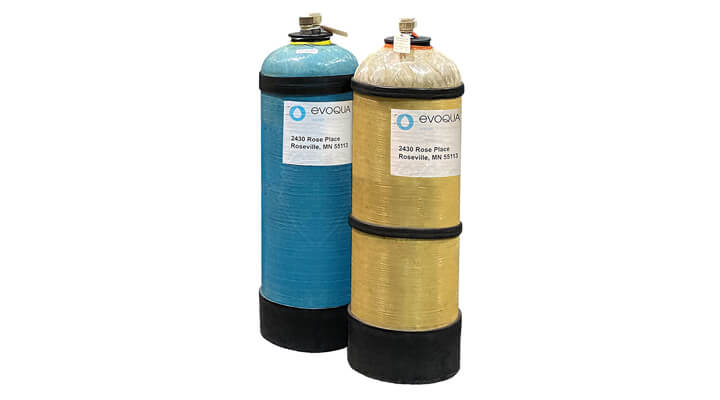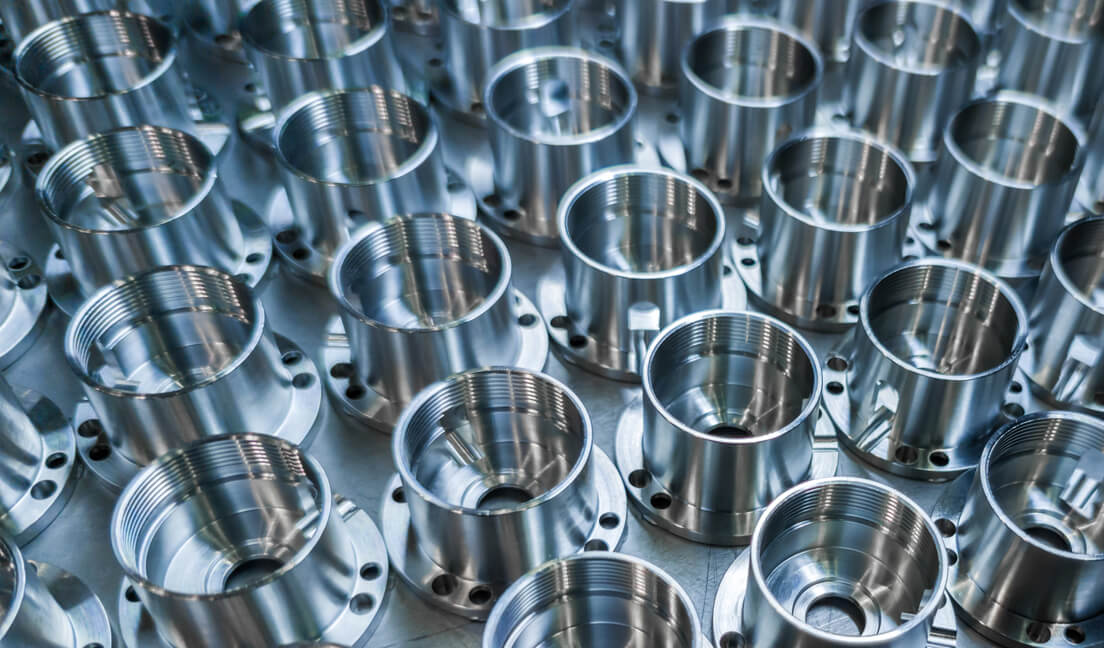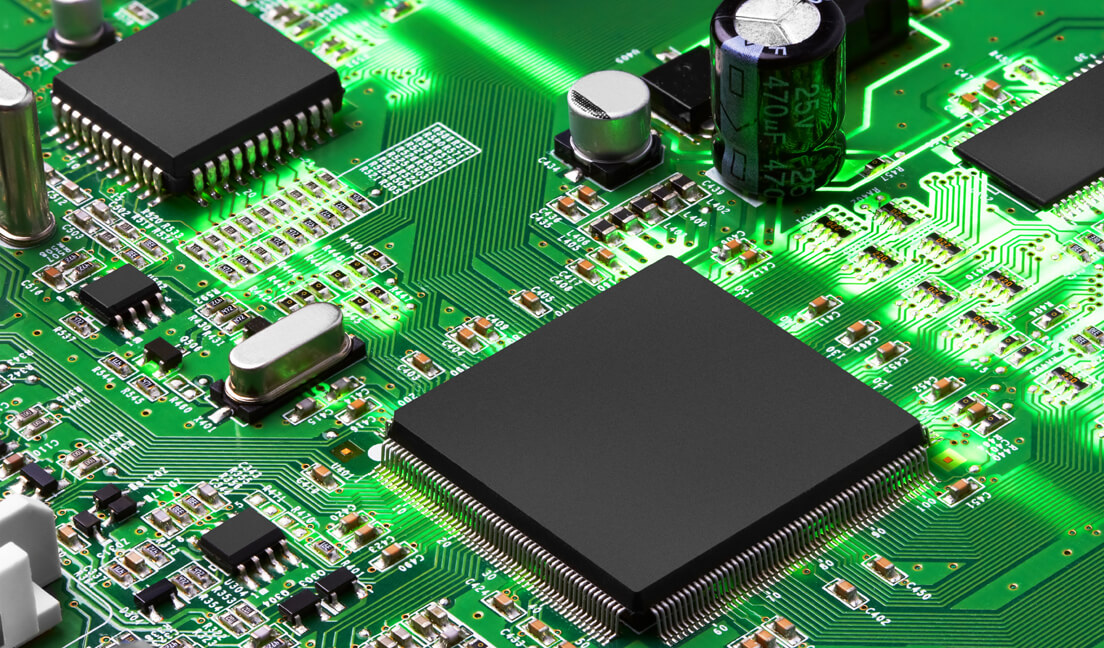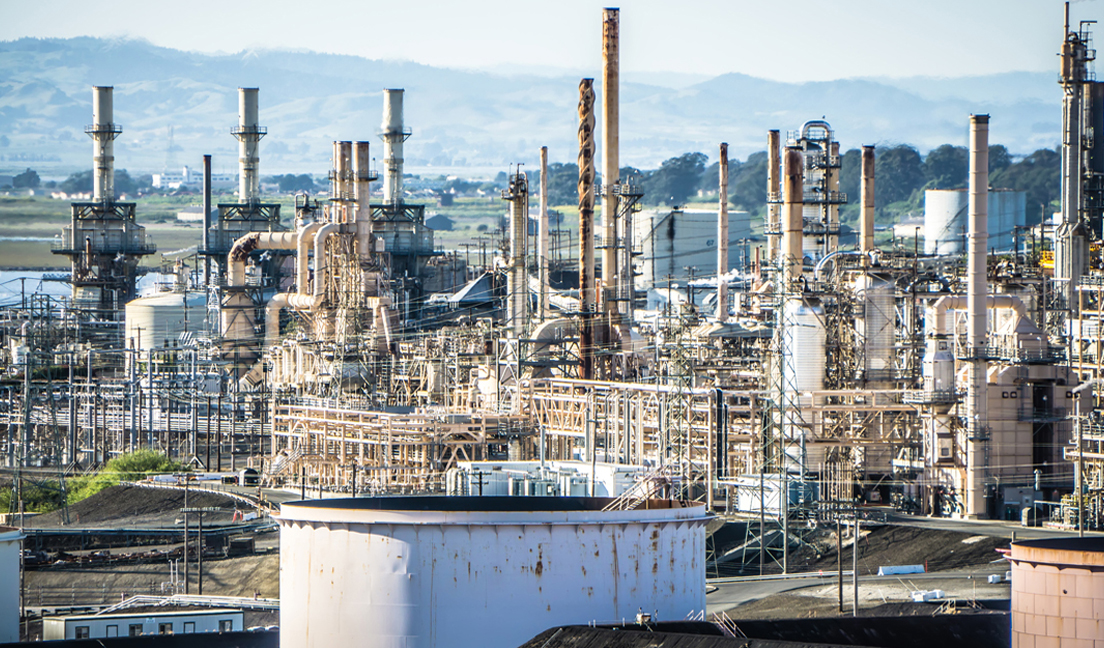Wastewater Ion Exchange (WWIX) Services
See All Ion Exchange ServicesUtilizes ion exchange resin canisters for the removal of dissolved heavy metals from a variety of rinse water and wastewater streams.
- is the minimum order quantity for this product. Please check quantity and add to cart again.

Utilizes ion exchange resin canisters for the removal of dissolved heavy metals from a variety of rinse water and wastewater streams.
Description
Utilizes ion exchange resin canisters for the removal of dissolved heavy metals from a variety of rinse water and wastewater streams.
Evoqua Water Technologies Wastewater Ion Exchange (WWIX) services and equipment help customers meet their wastewater handling challenges. Evoqua provides system design, installation, and custom services that treat wastewater contaminated with heavy metals. Zinc, copper, nickel, and chromium are just a few examples of the metals that can be removed to low part per billion levels. Our wastewater treatment systems are designed to meet your discharge requirements, achieve the water quality level needed for reuse and recycling, and minimize the liability associated with on-site storage and handling of chemicals and wastes.
Every Application has Unique Requirements
Each application is examined to determine the system configuration that best meets current and future needs. The system components are selected based upon available manpower, space limitations, access limitation and the specific reuse or discharge quality required. If needs change, our wastewater treatment systems are flexible – we can simply change the media types and/or tank size saving our clients significant capital expense.
What is WWIX Service?
Ion exchange (IX) is a proven and cost-effective technology for removing inorganic contaminants. Evoqua‘s WWIX service utilizes ion exchange resins and other media selected to remove specific ionic contaminants from groundwater, industrial wastewater, and process water for recycle. DOT approved vessels containing the selected resin or media treat your water until the capacity is reached. Once exhausted, the WWIX vessels are removed and replaced with fresh, DOT-compliant vessels and returned to service. Exhausted vessels are returned to our processing facility where the contaminants are removed from the media/resin.
Evoqua owns and operates a fully permitted RCRA facility with the technical expertise and equipment necessary to safely manage regeneration of the spent resins while remaining environmentally compliant. Where practical, the media/resin is recycled for future use. We can accept both non-hazardous and hazardous waste. Your specific requirements are evaluated on an individual basis to determine the system configuration that best meets your current and future needs. The system components are selected based upon your specific reuse or discharge requirements. If your needs change, our wastewater treatment systems are flexible - we can simply change the media types and/or tank size saving you significant capital expense.
When used for reuse/recycle, WWIX reduces the cost of make-up water and provides a proven and flexible treatment solution to meet ever-changing discharge limits. In groundwater remediation applications, WWIX offers an easy, cost-effective and scalable treatment alternative for discharge or re-injection. WWIX service is also an effective treatment choice for the cleanup of retention ponds, cooling loops or spills.
Learn more by reading our WWIX Frequently Asked Questions.
Specs
- 1.0
- 500+
- Liquid
Documentation
- Wastewater Ion Exchange Services75.7 KB
- WWIX Media Product Guide337.7 KB



